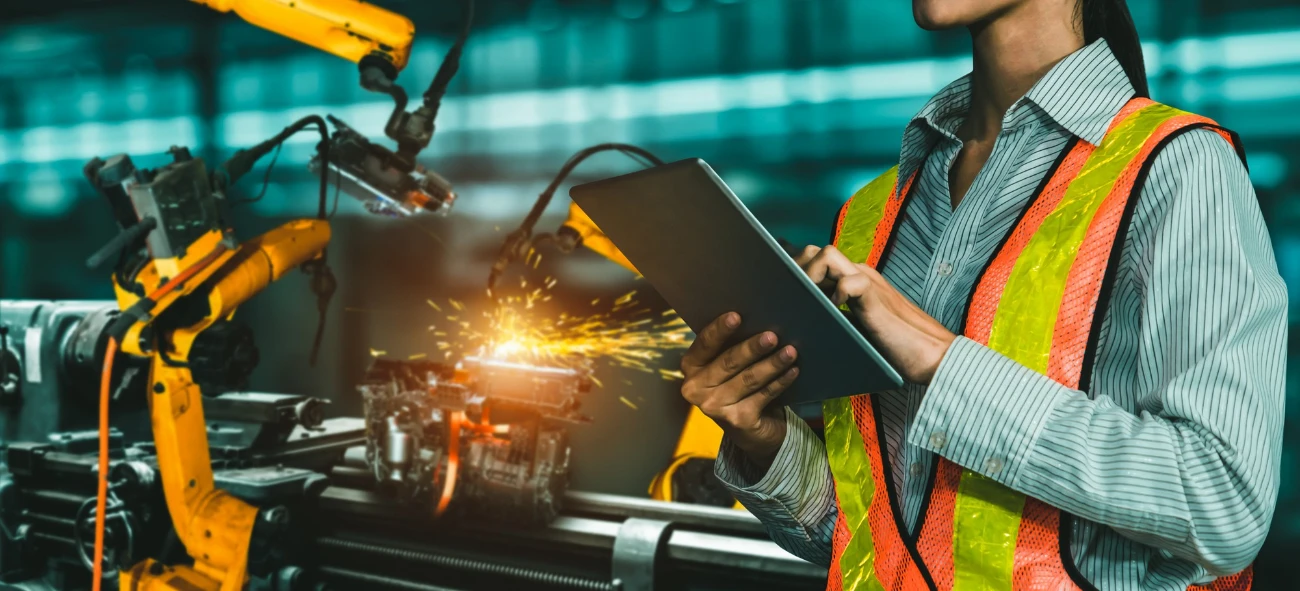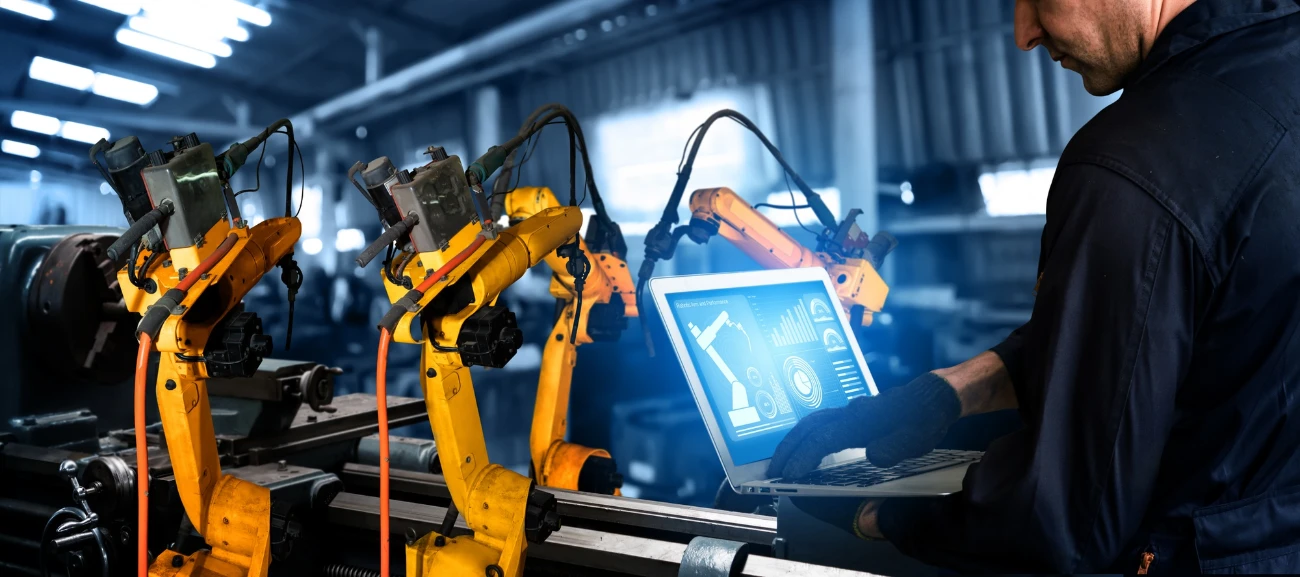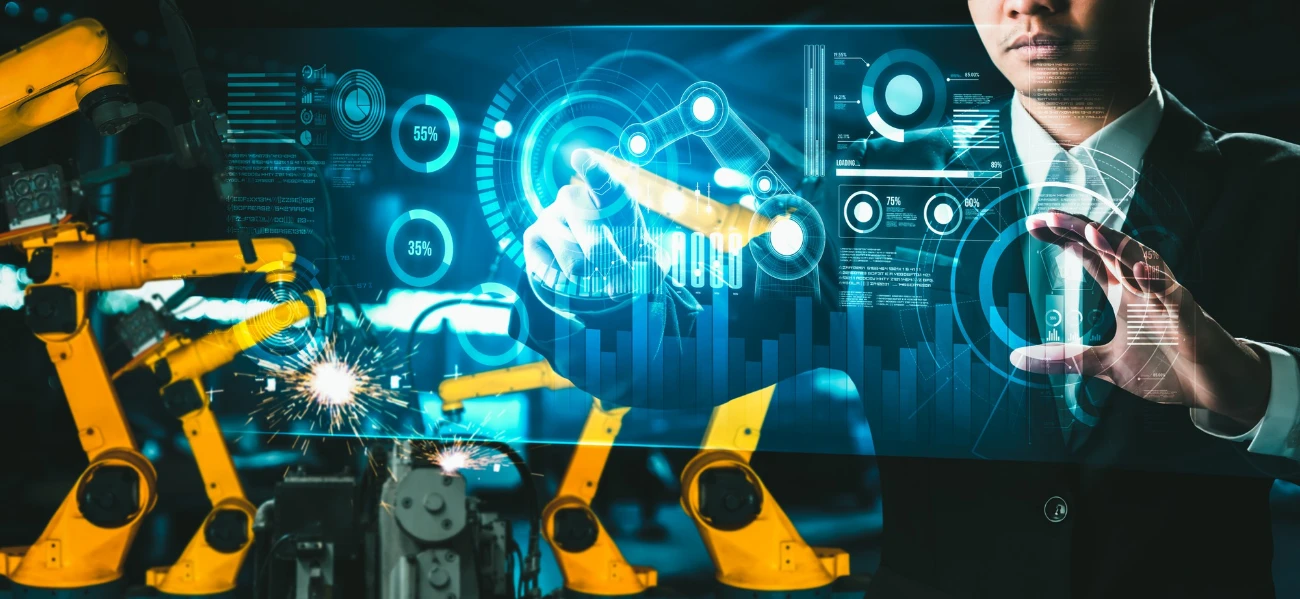Welding plays a critical role in industries like construction, automotive, and aerospace. However, traditional quality control methods—relying on manual inspections and paper-based documentation—often lead to errors, delays, and increased costs. As technology advances, digital quality control is revolutionizing the industry by offering real-time monitoring, automated defect detection, and instant reporting.
The Limitations of Traditional Quality Control
For years, welding quality assurance has been dependent on human inspectors and post-weld testing. This approach presents several challenges:
- Inconsistencies and Human Errors – Even experienced inspectors can miss defects.
- Time-Consuming Inspections – Manual checks slow down production and lead to delays.
- Delayed Issue Detection – Defects are often identified too late, resulting in costly rework.
- Inefficient Documentation – Paper-based records can be lost, altered, or contain errors.
To address these challenges, digital quality control is emerging as a game-changer, offering precision, efficiency, and cost-effectiveness.
How Digital Quality Control is Transforming Welding
By integrating smart technologies, welding quality control is becoming faster and more accurate. Key advancements include:
Real-Time Monitoring – Sensors track welding parameters such as heat input, voltage, and penetration depth, ensuring accuracy in every weld.
Automated Defect Detection – AI-powered systems analyze welds in real time, identifying potential defects before they cause failures.
Instant Reporting & Data Analytics – Digital documentation eliminates paperwork, providing instant access to accurate reports for better decision-making.
Cost and Time Savings – By preventing defects and reducing rework, companies can significantly cut costs and improve productivity.
The Future of Welding with Digital Solutions
The adoption of Industry 4.0 technologies—AI, IoT, and cloud-based monitoring—is shaping the future of welding. Here’s what’s ahead:
- Fully Automated Inspections – Advanced robotics and AI will further reduce human intervention.
- Predictive Maintenance – Machine learning will help predict failures before they occur, minimizing downtime.
- Blockchain-Based Traceability – Secure digital records will ensure transparency and accountability in welding documentation.
Conclusion
The future of welding is digital. Companies that embrace real-time monitoring, AI-driven defect detection, and automated reporting will gain a competitive edge in efficiency and quality. As the industry continues to evolve, adopting digital quality control is no longer an option—it’s a necessity.















